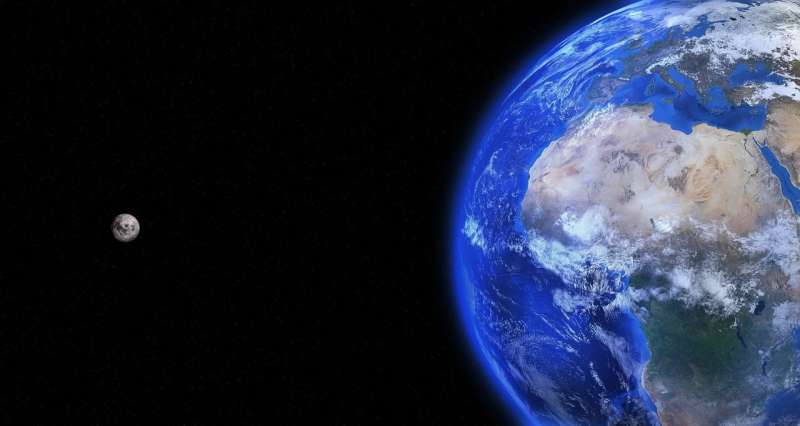Honda, renowned for its contributions to the automotive industry, is set to embark on a groundbreaking venture by partnering with U.S. companies to test renewable energy technology in orbit. The aim is to explore the feasibility of deploying this technology on the surface of the moon—an initiative that highlights the potential of integrating advanced technology with space exploration.
The Innovational Leap
This collaboration, announced on April 4, 2025, signifies a critical intersection between the automotive and aerospace sectors. Honda's intent is not merely to innovate within traditional automotive boundaries but to address vital concerns related to sustainable energy production in extraterrestrial environments. As humanity moves towards a more significant presence on the moon and beyond, enabling sustainable living in such harsh conditions becomes imperative.
Key Features of the Technology

The innovative mechanism under development has the capacity to generate both electricity and oxygen continuously. This dual functionality is essential for sustaining human life, especially in scenarios where resources are scarce. The process relies on:
- Solar Energy Utilization: The technology harnesses solar energy, crucial for power generation during the lunar day.
- Water Electrolysis: By employing advanced electrolysis, the system separates water into hydrogen and oxygen, which are then utilized in life support systems for astronauts.
Testing and Implementation
Currently, Honda plans to test this renewable energy system aboard the International Space Station (ISS), a significant step toward validating its effectiveness in the unique conditions of space. Although a specific date for the trial has not been disclosed, the focus remains on ensuring the technology operates reliably in a microgravity environment.
Honda's involvement in this project is part of a broader strategy to extend its existing hydrogen fuel cell technology—already used in its electric vehicles—into space applications.
| Aspect | Details | Benefits |
|---|---|---|
| Energy Source | Solar Energy | Renewable and sustainable |
| Technology | Water Electrolysis | Produces breathable oxygen |
| Collaborators | Sierra Space and Tec-Masters | Improved technological validation |
Global Context
As many nations—including the United States and China—work towards establishing a permanent human presence on the Moon, the implications of Honda's technology extend far beyond mere experimentation. The potential for producing sustainable energy and maintaining life on the lunar surface plays a critical role in mankind's quest for deeper space exploration and colonization.
Moreover, the technological advancements achieved through such initiatives could also influence sustainability efforts on Earth. With increasing concerns about climate change and the depletion of natural resources, the development of renewable energy systems that can function effectively in diverse environments could have significant implications for terrestrial applications.
Collaborative Efforts with JAXA
Honda has also established collaborations with the Japan Aerospace Exploration Agency (JAXA) as part of the American lunar program Artemis. This joint effort aims to unify expertise from both the automotive and aerospace sectors to address complex issues related to sustainable energy production in space.
Relevant Automaker Investments
The recent surge in automotive investments in space technology illustrates a growing recognition amongst automakers of the viability and potential of this sector. For instance, Toyota has made headlines by investing substantially in various space initiatives, showcasing a corporate commitment to exploring the astronomical industry.
Future Outlook
The implications of Honda's renewable energy technology testing are vast, spanning multiple sectors and addressing issues of sustainability, human survival in space, and potentially reshaping energy consumption on Earth. Further developments may lead to operational deployments on the moon, significantly contributing to long-term space exploration goals.
Conclusion
The upcoming tests of Honda's renewable energy technology aboard the ISS represent a pivotal moment in both space exploration and energy sustainability. As scientists, engineers, and astronauts work collaboratively, they pave the way for a future where sustainable practices are integrated not only into our planet's infrastructure but also into our ventures into the cosmos.




